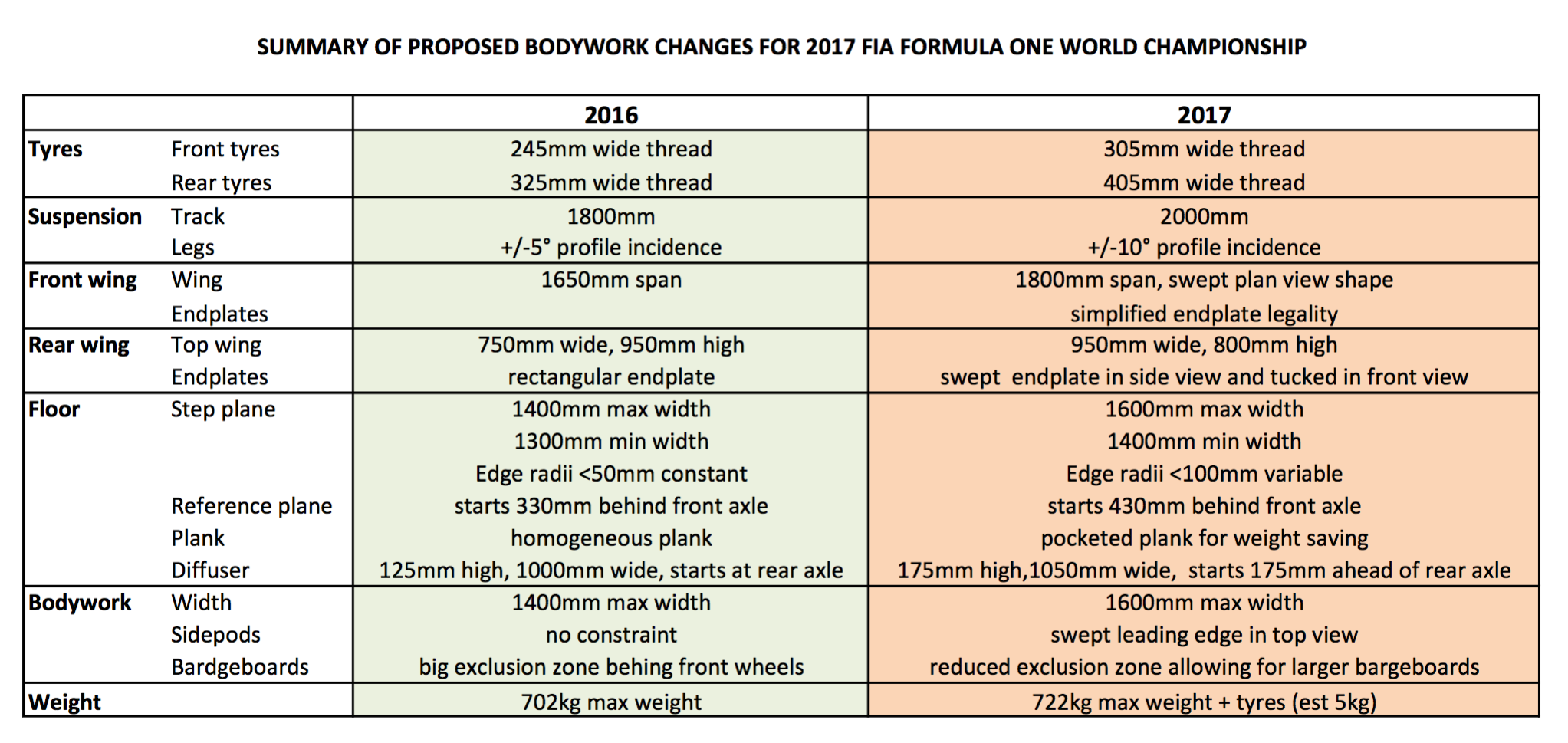"Move as much of the downforce to the bottom of the car by using ground effects" and "car bottom shape is standardized. No point to allow teams to spend lots of money on something nobody will ever see."second wrote:I knew this was going to come up. It's not a spec series if some parts are standardized to save costs. Otherwise it would add tons of extra costs if teams had to develop their own closed cockpits, own floors with ground effects and design own active suspensions computer system and then crash test the lot.trinidefender wrote:You have basically designed a spec series and something that I will stop watching.
How does it even make it more of a spec series if the floor (which is already almost fully locked down and standardised) was just changed to fit to different but as ridid rule set?
How does making the cockpit safer and also cheaper for teams make f1 spec series? The cockpit already has lots of rules about it. How is it bad for f1 to create cockpit which doesn't penalize drivers who are taller than 160cm idea f1 driver?
When a lot more of the downforce is made with the floor it should also allow teams more freedom to design the cars to look different.
As for spec series how does allowing active suspensions make f1 more spec series?
Those two lines basically make it a spec series. You said put as much downforce as possible under the car and then also standardise the bottom. So what you are saying is all the cars will have very little aerodynamic development freedom. Personally I am a fan of aerodynamics in general and I actually think one of the problems with modern F1 cars is that every generation of rule changes have made the aerodynamic development more and more restrictive. I miss the days of when each car on the grid looked vastly different.
Modern F1 cars are actually very safe and have some of best safety cells and seat designs possible. It isn't just like you can standardise those things and suddenly they become safer.



